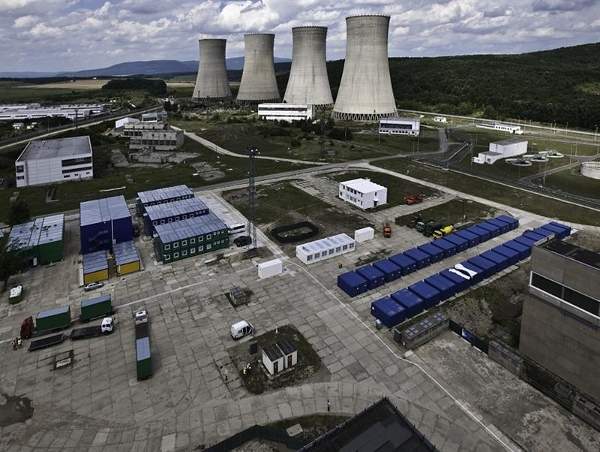
03 Oct Disconnected Power Stations: The Challenges of Outdated Wireless Connectivity
In today’s technology-driven world, wireless connectivity has become the lifeblood of modern industries. However, many power stations continue to grapple with outdated wireless connectivity solutions, which can hinder efficiency, compromise safety, and hamper their ability to keep up with the demands of the digital age. In this article, we delve into the problems associated with outdated wireless connectivity in power stations and why urgent modernization is required.
The State of Outdated Wireless Connectivity
Power stations, ranging from traditional fossil fuel plants to cutting-edge renewable energy facilities, often rely on wireless connectivity for critical operations. Yet, many of these facilities are plagued by outdated wireless infrastructure that manifests in various challenges:
- Slow and Unreliable Connections: Outdated wireless technology often provides slow and unreliable internet connections, impeding real-time data transfer, remote monitoring, and communication.
- Limited Coverage: Legacy wireless networks typically offer limited coverage, leaving gaps in connectivity within power stations. These gaps can obstruct efficient communication and data transmission.
- Interference and Signal Congestion: Older wireless networks are more susceptible to interference and signal congestion, resulting in poor signal quality and reduced reliability.
- Security Vulnerabilities: Aging wireless systems may lack robust security features, making them vulnerable to cyberattacks and potential breaches that could compromise operational safety and data integrity.
- Obsolete Hardware and Incompatibility: Outdated wireless hardware may be incompatible with modern devices and software, hindering the integration of new technologies.
- Scalability Issues: Legacy wireless infrastructure often struggles to accommodate the increasing demands for data transmission and connectivity as power stations expand and modernize.
The Problems of Outdated Wireless Connectivity
- Operational Inefficiency: Slow and unreliable wireless connections hinder operational efficiency, particularly in data-intensive tasks such as remote monitoring, maintenance, and automation.
- Safety Risks: Inadequate connectivity can compromise safety protocols and the ability to respond swiftly to emergencies. This poses a significant risk to both personnel and the power station’s integrity.
- Data Loss: Poor connectivity can lead to data loss, impacting decision-making, historical data analysis, and regulatory compliance reporting.
- Increased Downtime: When critical systems rely on outdated wireless connections, they become more susceptible to failures and downtime, which can be both costly and disruptive.
- Cybersecurity Threats: Inadequately secured wireless networks are prime targets for cyberattacks. Breaches can lead to data theft, operational disruption, and even endanger the stability of power generation.
The Urgent Need for Modernization
Modernizing wireless connectivity in power stations is no longer an option but a necessity. Upgrading wireless infrastructure can bring several significant benefits:
- Enhanced Efficiency: Improved connectivity enables real-time data transfer, remote monitoring, and automation, leading to streamlined operations and reduced costs.
- Security: Modern wireless solutions incorporate robust security features, safeguarding power stations from cyber threats and potential breaches.
- Reliability: Modern wireless networks offer increased reliability and coverage, reducing downtime and improving safety.
- Scalability: Upgraded infrastructure is designed to accommodate the growing demands of power stations as they expand and integrate new technologies.
- Data Integration: Modern wireless technology facilitates seamless data integration from various sensors and systems, enabling data-driven decision-making.
Conclusion
Outdated wireless connectivity in power stations is a pressing issue with far-reaching implications for operational efficiency, safety, and security. As these facilities play a critical role in our energy landscape, it is imperative that they embrace the benefits of modern wireless technology. The challenges of upgrading should not deter power stations from investing in robust, reliable, and secure wireless solutions. Ensuring that our power stations are equipped with the connectivity they need is vital for a reliable, efficient, and sustainable energy future.
